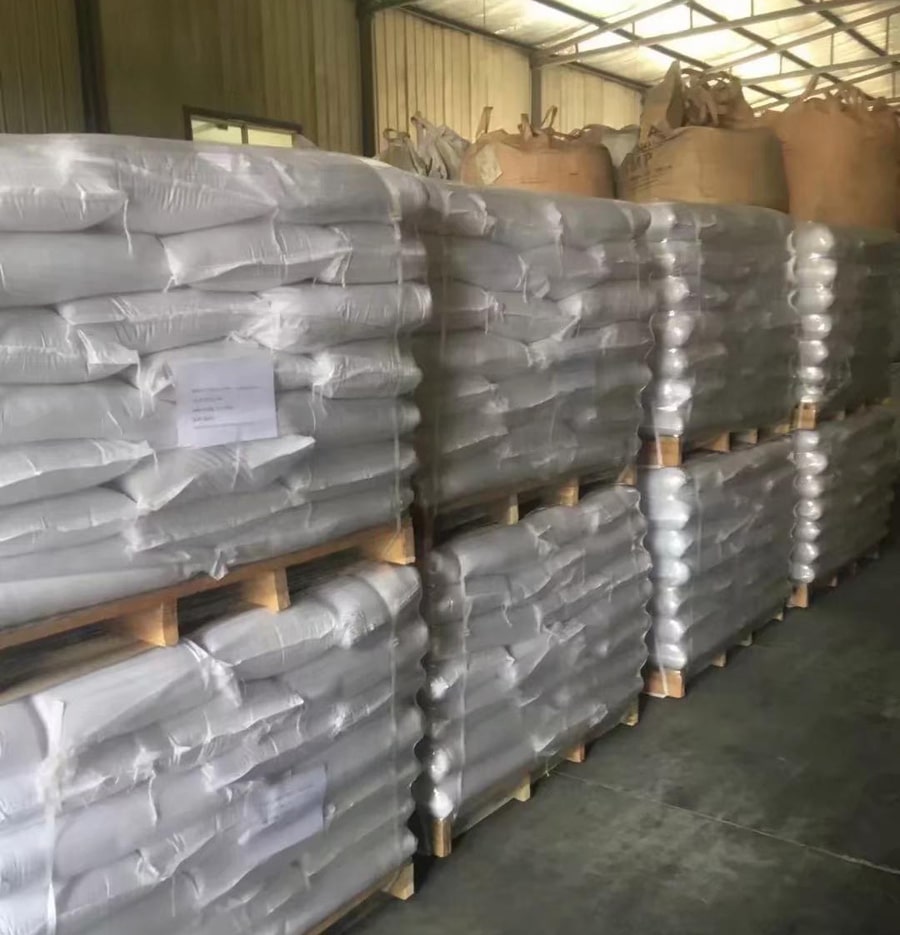
Thermoplastic road marking paint
Thermoplastic marking paint is mainly composed by synthetic resin, glass beads, pigments, packing materials, additives, etc.
1. Synthetic resin has thermoplasticity, make the hot melt coating fast-dry and strongly adhesive to the road surface.
2. Additives in the paint can increase the plastic of the coating, and make it resistant to subsidence, pollution and color fading.
3. Pigments: the common colors of road lines are yellow and white. White pigments are mainly titanium dioxide, zinc oxide, and lithopone, while yellow pigment is mainly heat-resistant yellow lead.
4. Packing materials, as filling added into the paint, ensure mechanical strength, wear resistance, and color of paint coating. The particle size will affect liquidity and precipitation, as well as the surface processing.
5. Glass beads are added in order to improve the identification of lines at night, to improve the brightness and durability of the marking. Glass bead is colorless and transparent ball, has function of light refraction, focusing and directional reflection. Glass bead mixed in the coating or dispensed throughout the coating surface can reflect car light back to the driver's eyes, thus greatly improving the marking visibility.
Matched machines
7 HOW TO USE ROAD MARKING PAINT
Thermoplastic
Main article: Thermoplastic road marking paint
One of the most common types of road marking based on its balance between cost and performance longevity, thermoplastic binder systems are generally based on one of three core chemistries: hydrocarbons, rosin esters or maleic modified rosin esters (MMRE). Thermoplastic coatings are generally homogeneous dry mixes of binder resins, plasticizers, glass beads (or other optics), pigments, and fillers. Their use has increased over paints mainly due to the performance benefits of increased durability, retro-reflectivity, and a lack of VOC solvents.
Thermoplastic markings are applied using specially designed vehicles. Usually, thermoplastic marking mode should apply with equipment called a road marking machine to coat traffic lines, and the road paint needs preheating by a device commonly called a preheater. The thermoplastic mix is heated in trucks to about 200 °C (400 °F) before being fed to the application apparatus. This is often a screed box or ribbon gun. Immediately after the thermoplastic has been applied, glass beads are laid onto the hot material so that they embed before the plastic hardens. These beads provide initial retroreflection. As the marking wears during use and the initial beads are lost, the beads mixed with the binder are uncovered, providing long term retroreflectivity. These can be made exceptionally thick to produce a rumble strip effect.[15]
The thermoplastic marking coating sets quickly. The melt adhesion of a synthetic resin makes hot-melt paint adhere strongly to the road surface. Additives in the coating paint increases the coating plasticity, improving the anti-settling, anti-pollution, anti-tarnish.[clarification needed] Thermoplastic marking paint is most commonly produced in yellow and white. The white marking paint mainly contains titanium white, zinc oxide, lithopone, while the yellow paint is mainly heat-yellowing lead.[clarification needed]
In warm climate areas, the thermoplastic markings can last three to six years. However, snowplows can damage the thermoplastics which would limit the usage in the cold climate areas.[14] The filling materials of road paint can affect the mechanical strength, abrasion resistance and hue of the coating film. The particle size of the paint powder influences the flow, sedimentation, and the surface processing.
Glass beads
Incident light is refracted within glass beads on road surfaces and reflected into the driver's field of view.
Glass beads composed of soda lime glass are essential for providing retroreflectivity in many kinds of road markings.[20] Retroreflectivity occurs when incident light from vehicles is refracted within glass beads that are imbedded in road markings and then reflected back into the driver's field of view. The demand for glass beads has led to importing from countries using outdated manufacturing regulations and techniques.These techniques include the use of heavy metals such as arsenic, antimony, and lead during the manufacturing process as decolourizing and fining agents. It has been found that the heavy metals become incorporated into the bead's glass matrix and may leach under environmental conditions that roads experience.
Abrasion may dislodge these beads from the road marking itself, and the reaction of these beads with an aqueous environment vastly accelerates their decomposition and heavy metal release. During both routine road marking removal and harsh environmental conditions, these glass beads can degrade and leach incorporated heavy metals.There are other, non-toxic metals that can achieve the same results. These may include zirconium, tungsten, titanium, and barium.
 English
English Chinese
Chinese Русский
Русский Español
Español العربية
العربية
